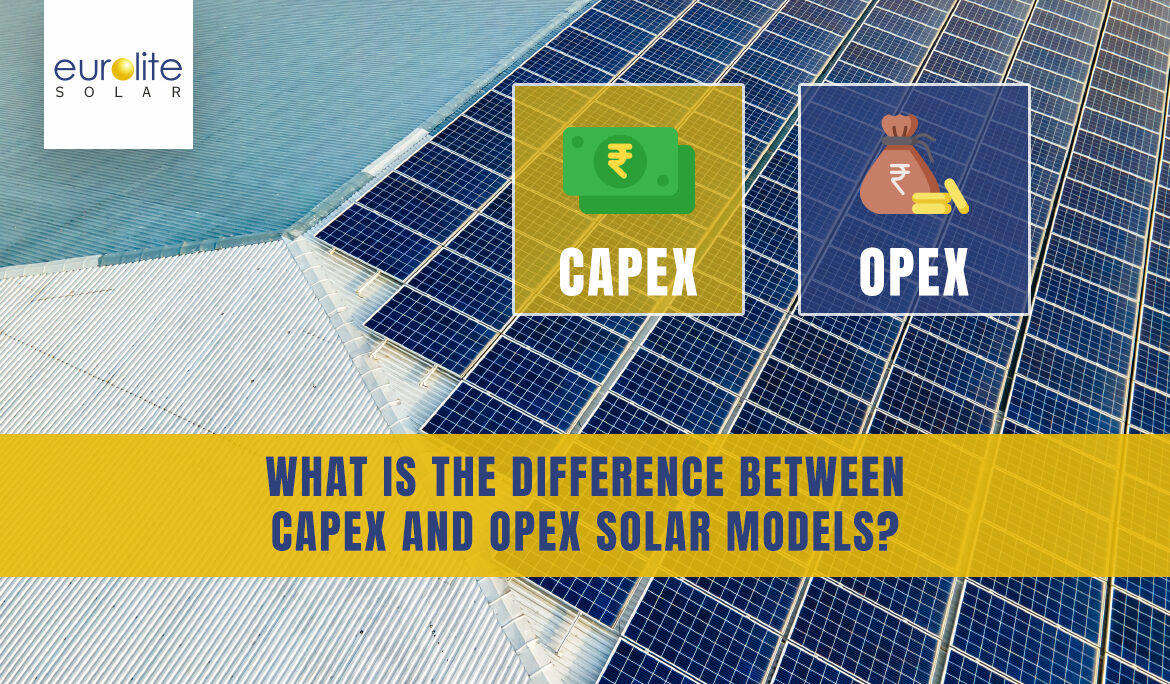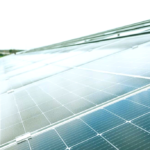Today, the requests for sustainable energy solutions are no longer about obtainability and convenience. With solar power being 20% more economical than grid power, most large-sized players and consumers have adopted onsite solar. Moving to solar assists in trimming down carbon footprint and backs the CSR objectives of going green.
When switching to solar solutions, there are two choices: either capitalize on an installation or procure power at a pre-decided tariff from an installation at the commercial premises. Solar Energy Solutions in India are operated on CAPEX and OPEX models.
Capex Model
The CAPEX model necessitates its own Capital Expenditure to set up the solar plant, which means the customer embraces ownership of the asset.
If the commercial premises has sufficient space for installing a solar plant and the business owner can make the investments in acquiring a solar power plant, then a solar Capex model is better used.
Opex Model
OPEX model needs a Renewable Energy Service Company to invest in and develop a solar plant. The consumer pays for the power produced under an agreement at a decided tariff for an allocated tenure.
The Opex model moderates the investment risk as the customer merely pays for the energy used without asset-based investments. This makes the Opex model cost-effective. Even with an agreement, the power is lower-priced than grid power.
As there is no investment and no risks, the company relishes risk-free savings. The partner enables the complete operation and sustenance for the agreed life term of the system.
The OPEX model is termed as “Build Own Operate Transfer” model. After the longer-term power purchase agreement (PPA) period, the asset ownership is finally transferred to the customer at no cost after the PPA period.
The Significant Differences:
Estimating both models with their applications is imperative to understand which model fits a specific business better.
Who should go for a Capex Model?
A Capex model investment has a pay-out possibility in that a precisely managed Capex project can produce a 30 percent equity IRR and outcomes in a payback of 5 years. This turns it into a profitable investment.
A business with thoughtful green ambitions should also undoubtedly move forward with Capex as it is a visible assurance of sustainability.
Who should go for an Opex Model?
An Opex model investment is ideal for companies that do not want to capitalize on non-core operations. It’s also appropriate for them to handle these assets through a 3rd party player.
Key Takeaways
So, both models have their set of benefits. At Eurolite, our solar solutions enable businesses to meet their objectives with crucial cost savings.
We manage our projects with specialized professionals and domain experts. So, rest assured your solar power plant is in safe hands.




